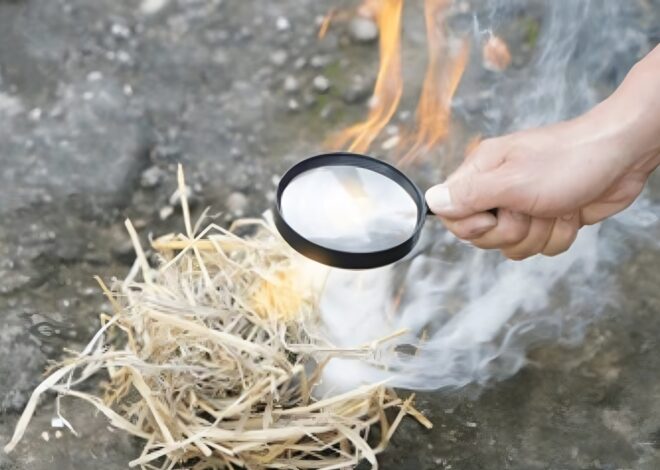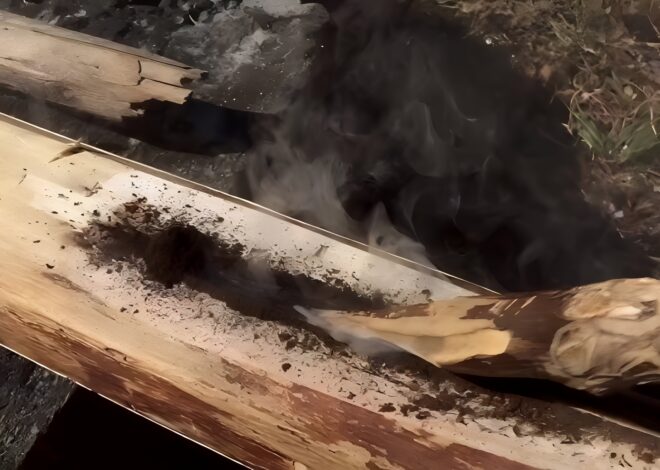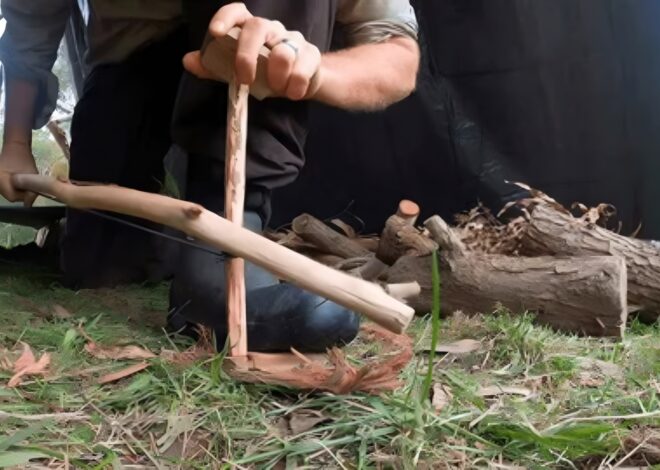
How To Survive Valley Fever
Welcome to our comprehensive guide on how to survive Valley Fever. Valley Fever might sound like a quirky name for a dance move, but it’s anything but fun. This fungal infection can catch you off guard if you’re in the wrong place at the wrong time.
With an increasing number of cases reported each year, understanding this illness is crucial for anyone living in or traveling to high-risk areas. Whether you’re facing the challenge yourself or looking out for loved ones, knowing how to navigate Valley Fever is essential.
Let’s dive deeper into what this condition entails and explore effective strategies on how to survive Valley Fever with resilience and knowledge.
What is Valley Fever?
Valley Fever, medically known as coccidioidomycosis, is a fungal infection caused by the Coccidioides organism. This fungus thrives in dry, dusty environments and is commonly found in parts of the southwestern United States.
When soil containing these spores gets disturbed—think construction sites or agricultural activities—they become airborne. Inhalation can lead to an infection that primarily affects the lungs. Many people may not even realize they’ve been exposed at first. Symptoms often mimic those of flu-like illnesses but can escalate if left untreated.
Though most cases are mild and resolve without intervention, some individuals experience severe complications. Understanding Valley Fever is crucial for both prevention and effective management should you find yourself at risk.
Symptoms and Diagnosis
Valley Fever, caused by a fungal infection, often presents with varied symptoms. Many people may experience flu-like signs such as fever, cough, and fatigue. Muscle aches can also be common. Some individuals might notice rashes on their skin or face.
Others endure joint pain that resembles arthritis. The diverse range of symptoms makes diagnosis tricky. Healthcare providers typically rely on a combination of physical examinations and patient history to identify Valley Fever.
Blood tests that detect antibodies against the fungus play a crucial role in confirming the illness. In some cases, imaging studies like chest X-rays help assess lung involvement. Always seek medical advice if you suspect you have been exposed to this disease or are experiencing unusual health changes. Early detection is key for effective management and treatment options down the line.
High-Risk Areas
Valley fever, or coccidioidomycosis, is predominantly found in specific regions of the United States. The southwestern states are particularly known for higher instances of this fungal infection. Arizona and California lead the pack, with certain areas being more prone to outbreaks.
The dry, desert-like conditions create an ideal environment for Coccidioides fungi to thrive. These spores get kicked up into the air from disturbed soil. This makes outdoor activities risky in high-risk zones during windy conditions.
Other states like Nevada and New Mexico also report cases but at lower rates compared to Arizona and California. If you’re traveling or living in these areas, awareness is crucial. Stay informed about local health advisories as well. Knowing when there’s an increased risk can help you take necessary precautions against exposure to valley fever’s harmful spores.
Risk Factors and Prevention
Several risk factors can increase the likelihood of contracting Valley Fever. Individuals living in or traveling to dry, arid regions are more susceptible. Areas like the southwestern United States, particularly California and Arizona, have higher prevalence rates.
Those with compromised immune systems face greater risks. This includes people with conditions such as diabetes, HIV/AIDS, or those on immunosuppressive medications. Age also plays a role; older adults generally experience more severe symptoms if infected. Pregnant women should be cautious as well.
Preventing Valley Fever involves avoiding dusty environments where the fungus thrives. Wearing masks during dust storms or construction can reduce exposure. Staying informed about local outbreaks can help too. Awareness is key in protecting yourself and your loved ones from this potentially serious illness.
Treatment Options
Treatment for Valley Fever primarily revolves around antifungal medications. Fluconazole is commonly prescribed for mild to moderate cases, while those with severe symptoms may require more aggressive treatments like amphotericin B.
In many situations, a watchful waiting approach is effective. Many patients recover without medication, especially if their immune systems are strong. This often involves regular monitoring by healthcare providers.
For individuals experiencing persistent or recurrent symptoms, long-term treatment plans may be necessary. Adjustments in medication dosages can help manage side effects and improve overall well-being. Additionally, supportive care plays a crucial role in recovery.
Staying hydrated and getting plenty of rest aids the body’s healing process. Engaging in gentle physical activities might also help prevent deconditioning during recovery phases. Always consult your healthcare provider to determine the best course of action tailored to individual needs and conditions.
Coping with Valley Fever: Tips for Surviving the Illness
Coping with Valley Fever can be challenging, but practical strategies can help you manage the condition. Focus on rest and recovery. Your body needs time to heal, so listen to what it tells you. Stay hydrated. Drinking plenty of fluids supports your immune system and helps alleviate fatigue.
Herbal teas or electrolyte drinks may provide additional benefits. Consider a balanced diet rich in vitamins A, C, and D. These nutrients boost immunity and promote healing. Join support groups or online communities to connect with others facing similar challenges.
Sharing experiences can uplift your spirits and offer valuable insights. Incorporate gentle exercise into your routine as tolerated—like walking or yoga—to maintain mobility without overexerting yourself. Meditation techniques can also ease anxiety related to illness by promoting relaxation.
Keep track of any symptoms in a journal for discussions with healthcare providers; this practice ensures you’re actively involved in your care plan.
Long-Term Effects and Complications
Long-term effects of Valley Fever can vary significantly among individuals. Some may experience lingering fatigue, while others could face persistent respiratory issues. Coughing and chest pain might not disappear even after initial recovery.
These symptoms can interfere with daily activities and impact overall quality of life. In rare cases, the fungus can spread beyond the lungs to other parts of the body, leading to complications like meningitis or skin lesions. This situation often requires more intensive treatment.
Mental health challenges are also common post-illness. Anxiety and depression may arise from prolonged physical symptoms or lifestyle changes prompted by the illness. Understanding these potential long-term impacts is vital for anyone recovering from Valley Fever. Awareness allows for better management strategies and support systems as one navigates this challenging journey.
Conclusion
Surviving Valley Fever can be a challenging journey, but understanding the disease is crucial. By staying informed about what it is and recognizing symptoms early on, you can seek medical attention promptly. Knowing the high-risk areas allows for better precautions if you’re traveling or living in those regions.
Awareness of risk factors helps in prevention efforts. Simple lifestyle changes can often make a significant impact. Should you find yourself diagnosed with Valley Fever, various treatment options are available to help manage your symptoms effectively.
Coping strategies also play an essential role in navigating this illness. Connecting with support groups or speaking to healthcare professionals gives you access to resources that can ease your experience. It’s important to remain vigilant about potential long-term effects and complications.
Regular follow-ups with your doctor will ensure any issues are addressed swiftly. By combining knowledge, proactive measures, and support systems, you’re taking vital steps toward managing Valley Fever successfully and improving your quality of life through this ordeal.



